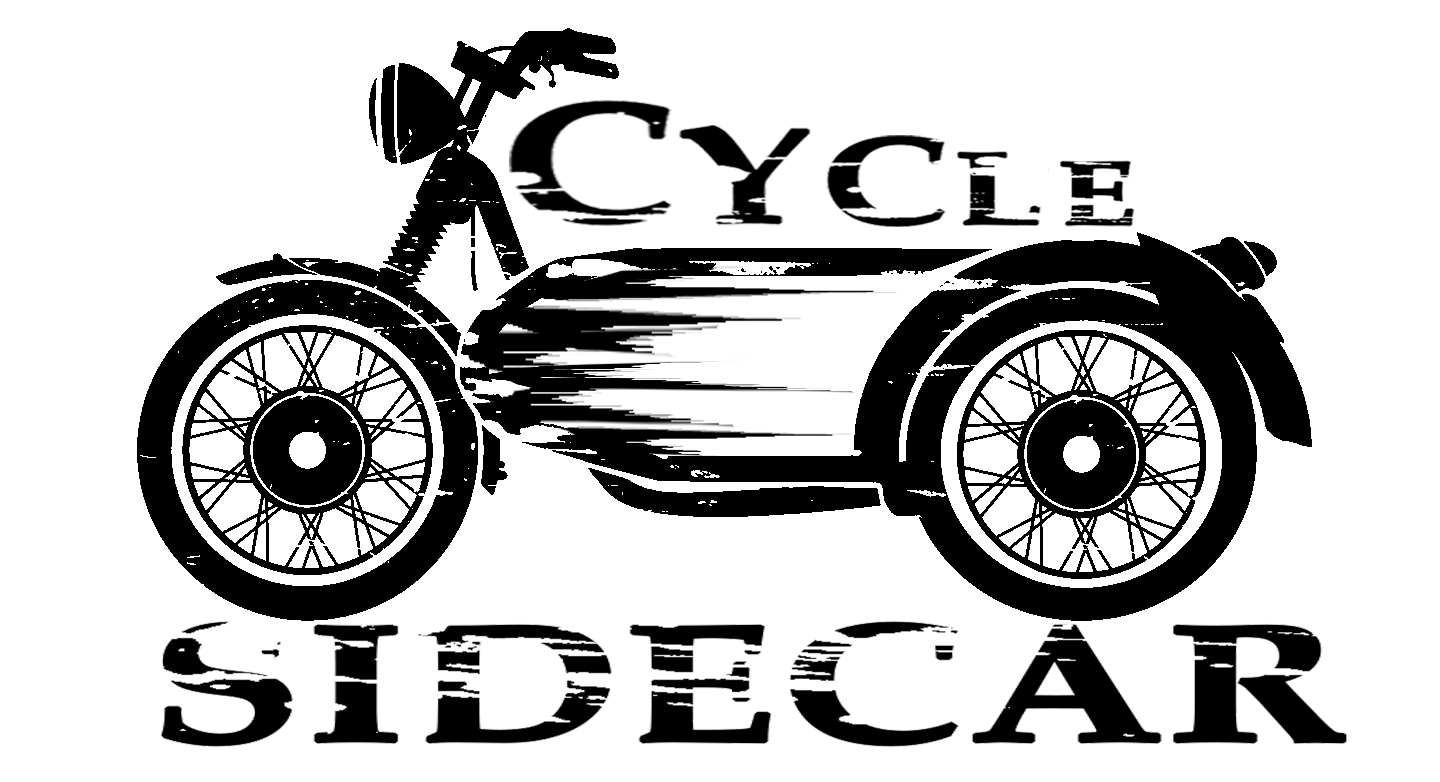Women and Sidecars: Exploring a Rich History of Adventurous Women in Motorcycle Sidecar Culture
/Motorcycles have long been associated with freedom, adventure, and a sense of rebellion. While the image of a lone rider tearing down an open road is a familiar one, there is another aspect of motorcycle culture that often goes unnoticed—the role of women in the world of motorcycle sidecars.
Throughout history, women have played a significant part in the development and exploration of this unique and thrilling aspect of motorcycling.
In this article, we delve into the fascinating history of women and motorcycle sidecars, celebrating their contributions and the indomitable spirit they bring to the open road.
Early Beginnings
The origins of sidecars can be traced back to the early 20th century, when motorcycles were becoming increasingly popular as a mode of transportation.
Sidecars provided an innovative solution for accommodating passengers or carrying additional cargo, allowing motorcycles to become more versatile and practical.
In this context, women quickly recognized the potential of sidecars, offering them an opportunity to participate in the exhilarating world of motorcycling.
Explorers and Adventurers
During the early days of motorcycle sidecars, women embraced the freedom and sense of adventure that these vehicles offered.
They set off on solo journeys or joined their male counterparts on daring expeditions, defying societal norms and pushing boundaries.
These courageous women paved the way for future generations of female motorcyclists, proving that the open road had no gender restrictions.
Prominent Figures
One notable figure in the history of women and motorcycle sidecars is Effie Hotchkiss. In 1915, she embarked on a journey across the United States with her mother, traveling from Brooklyn, New York, to San Francisco, California, on a Harley-Davidson with a sidecar. This epic trip challenged the prevailing notion that long-distance travel was exclusively for men, and Effie’s feat inspired many other women to follow in her tire tracks.
Another pioneering woman was Bessie Stringfield, an African-American motorcyclist who rode across all 48 contiguous states in the 1930s and & ‘40s.
Bessie fearlessly embraced the sidecar culture, becoming an inspiration for generations of women of color in the motorcycle community.
Women and Competitive Racing
In addition to long-distance journeys, women also made their mark in competitive racing with sidecars.
In the early 20th century, women began participating in endurance races, hill climbs, and even speed trials alongside their male counterparts.
They showcased their skill, determination, and love for speed, proving that motorcycle sidecar racing was not just a man’s domain.
Modern Era
As time progressed, women’s involvement in motorcycle sidecars continued to grow.
Today, countless women worldwide embrace the thrill of sidecar riding, participating in local rallies, charity rides, and even international events.
The advent of social media has also facilitated the formation of supportive communities where women can share their experiences, exchange tips, and celebrate their shared passion for sidecar adventures.
Conclusion
The history of women and motorcycle sidecars is a testament to the indomitable spirit and determination of women who refused to be confined by societal expectations. From the early pioneers who blazed a trail to the modern-day enthusiasts, women have played a significant role in shaping the sidecar culture, breaking barriers, and inspiring future generations of riders.
Whether it’s to haul cargo, a friend, or your dog… if you’re a female rider whose interested in getting a sidecar- we’re here to help you. We know sidecars and are happy to answer questions about the Cozy or sidecars in general. No pressure, honest advice.










